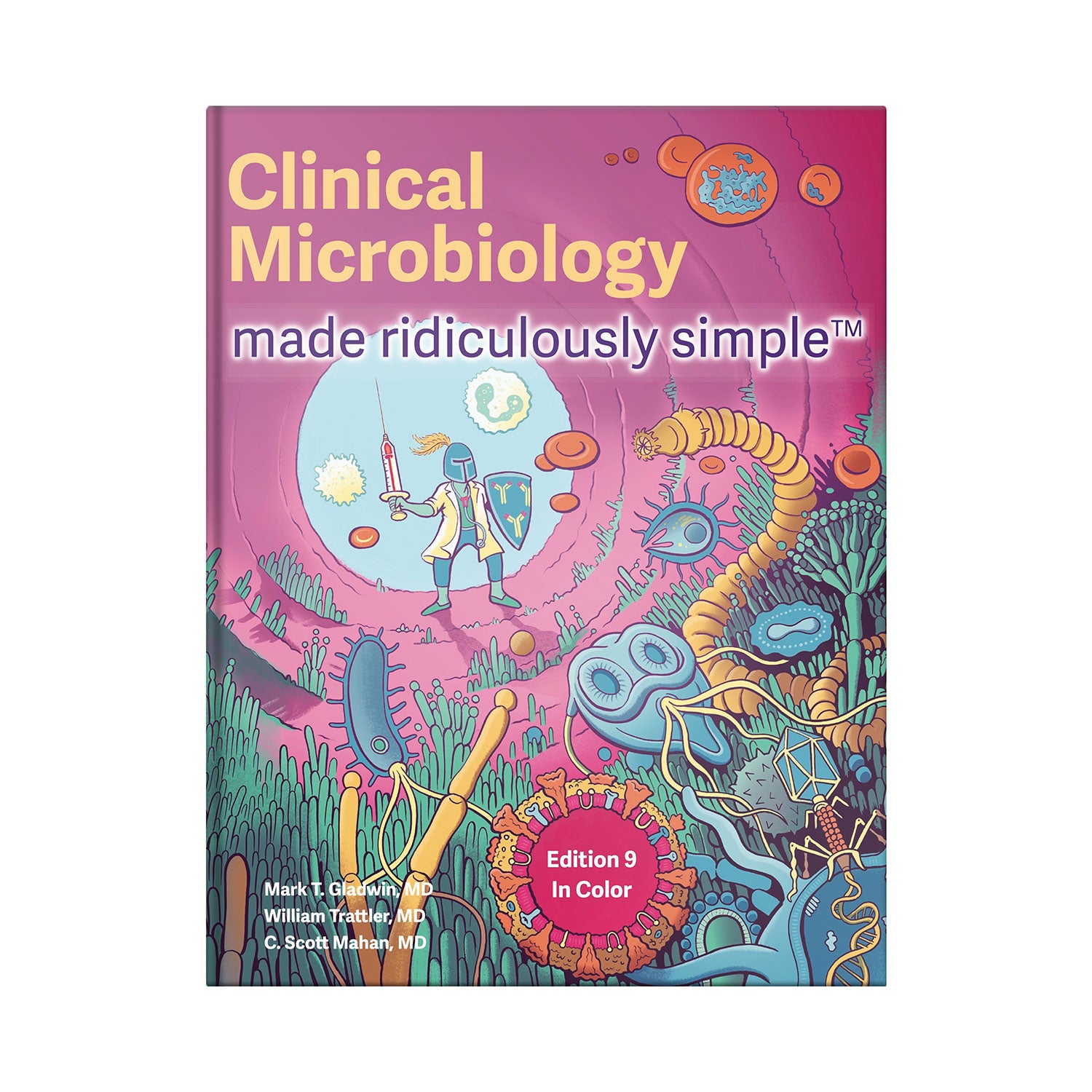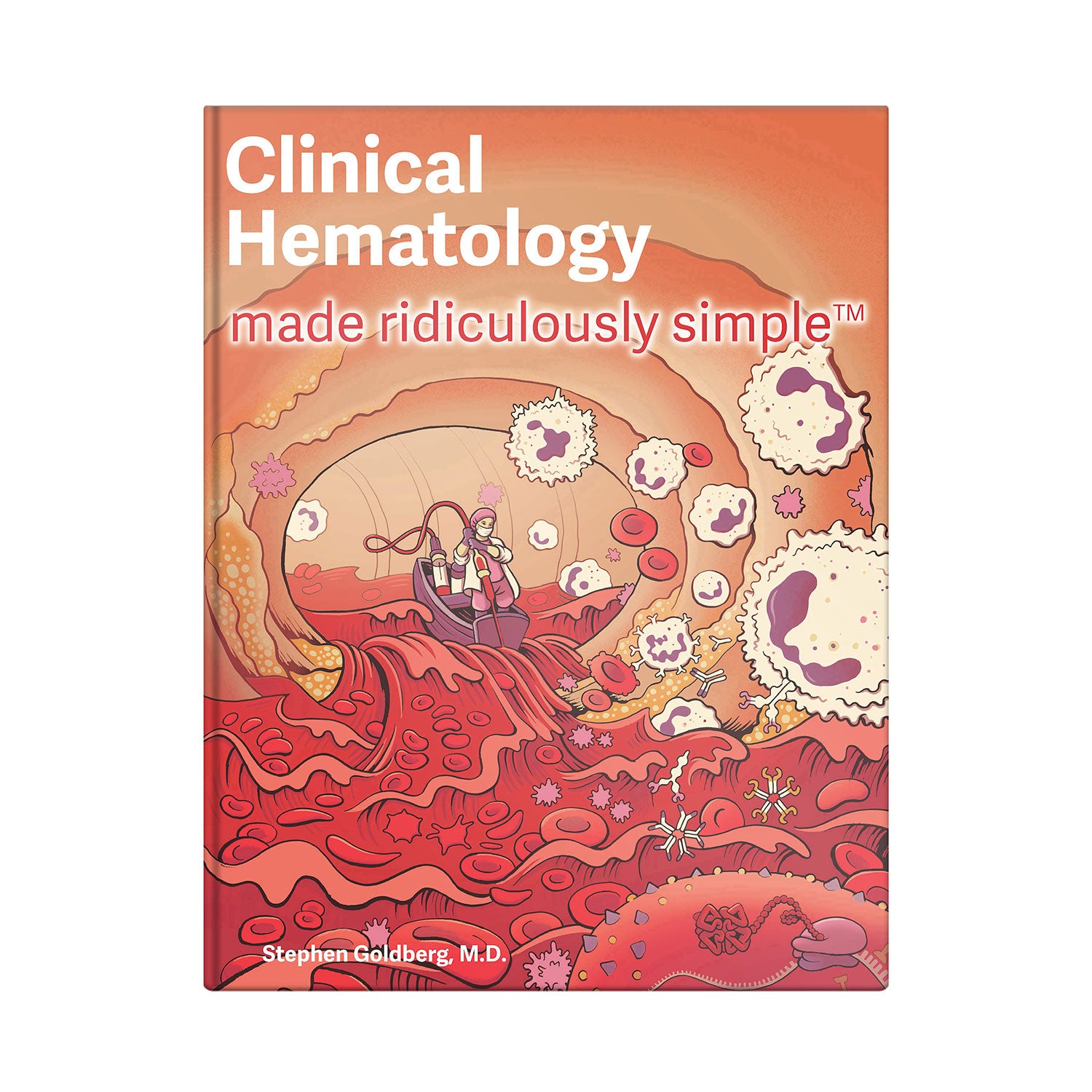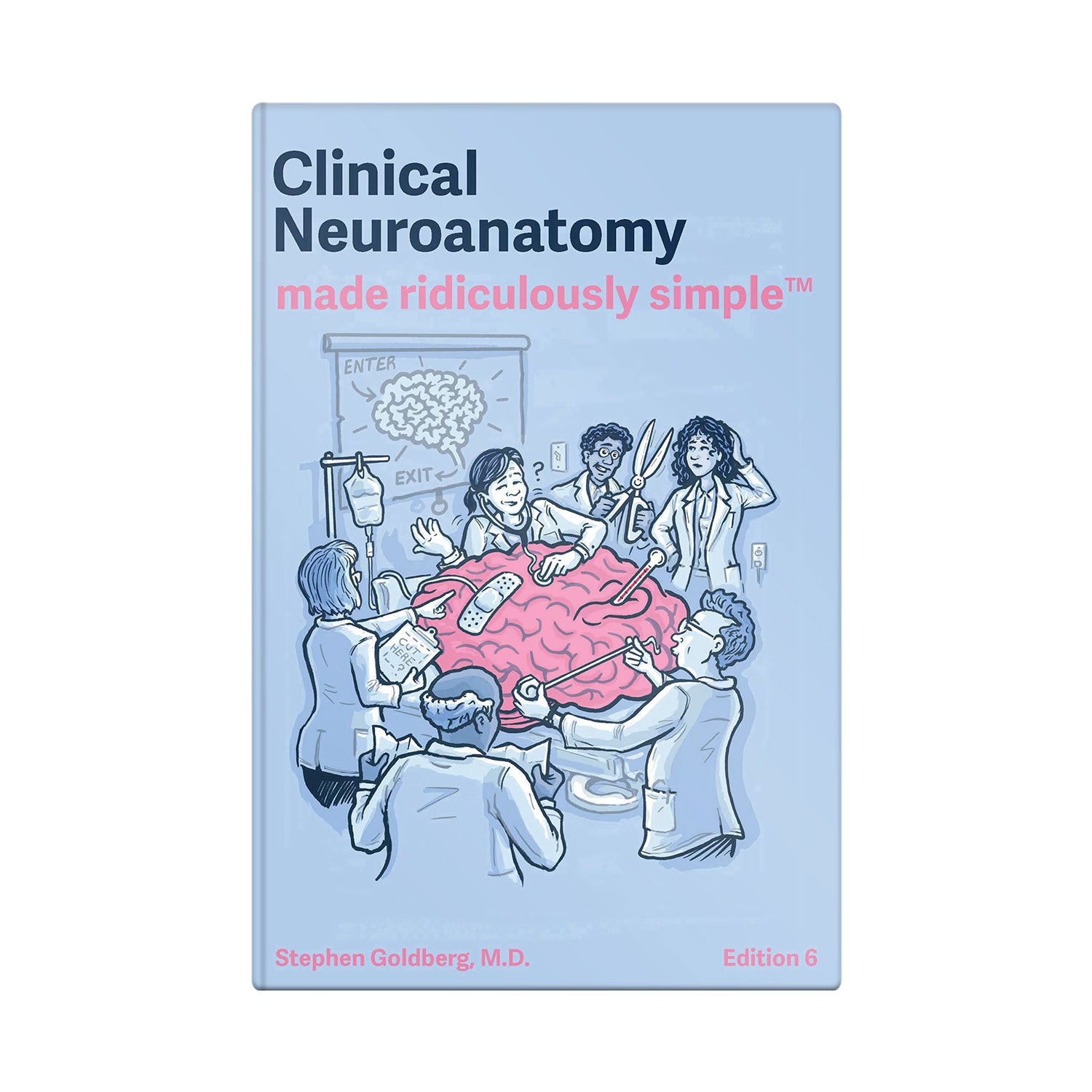
How To Study Anatomy
It is better to learn the anatomy conceptually, as through line drawings, and then fine tune this knowledge
In learning Anatomy, I think it is better to first learn through conceptual diagrams, rather than through photos of actual anatomy. Photos of dissections, particularly those of formaldehyde-fixed specimens, contain fascia (connective tissue) and other features that obscure the conceptual picture of what connects with what. In our medical school anatomy program, we had available a series of stereoscopic slides of actual dissections. Few students used them. During my ophthalmology residency, I also found relatively useless a book of photos of orbital dissections. It is better to learn the anatomy conceptually, as through line drawings, and then fine tune this knowledge when learning surgery using unfixed tissue, having first learned the anatomy conceptually.
Anatomy is a very visual subject. Here, a good way to learn the anatomy is to distort it into pictures that are common knowledge. A typical vertebra, for instance, looks like a snowman, whose arms, legs, shoulders, and head resemble the actual vertebral anatomy (see below). While learning other people’s mnemonics can be very helpful, they are often longer-lasting if they are your own.
From Clinical Anatomy Made Ridiculously Simple, by S. Goldberg, MedMaster
Ditties (e.g. “C3,4,5 keep the diaphragm alive”), acronymns (e.g. “SCALP” for layers of the scalp: Skin, Connective tissue, Aponeurotic layer, Loose connective tissue, Pericranium), and ridiculous associations (e.g. for cranial nerves 7 and 3, which open or close the eyes --- see below) are also useful for learning anatomy. A collection of such mnemonics may be found at medicalmnemonics.com.
CN7: A hook - closes eyes. CN3: 3 pillars - opens eyes. From Clinical Neuroanatomy Made Ridiculously Simple, by S. Goldberg, MedMaster.
The Goldberg Files
The Goldberg Files is based on the struggles of Dr. Goldberg as well as those of his many students which he observed while teaching medical school for 25 years. This extensive blog is dedicated to assisting students in dealing with the stresses of medical education. Want to learn more?




